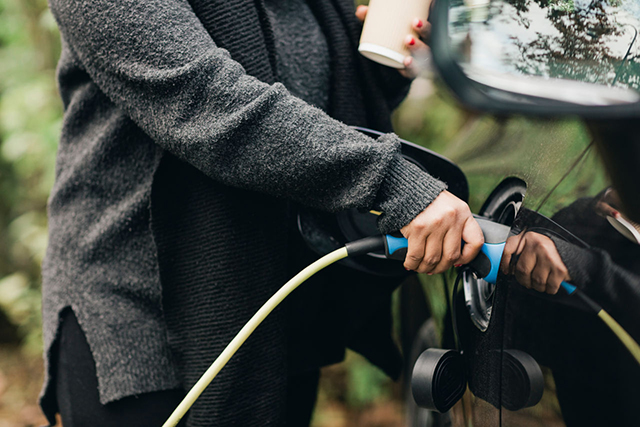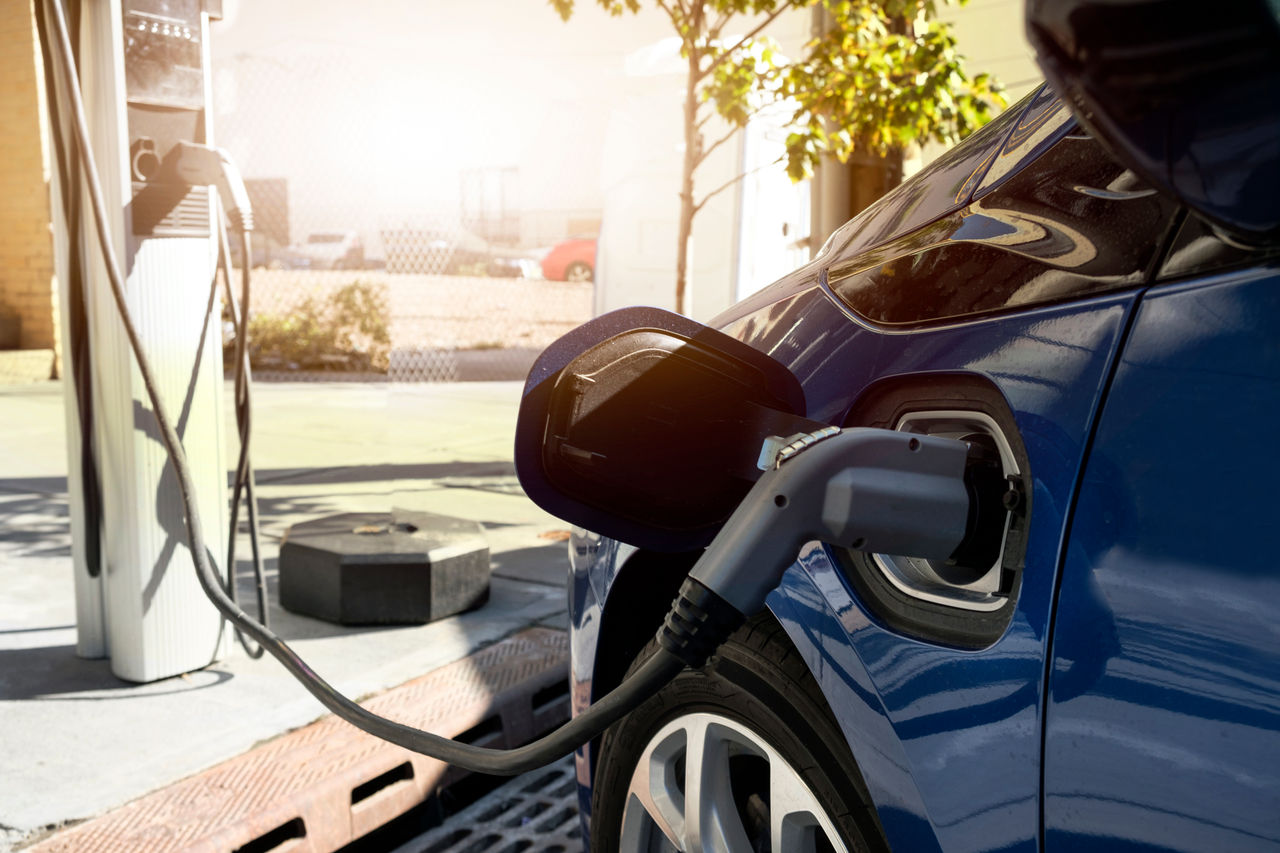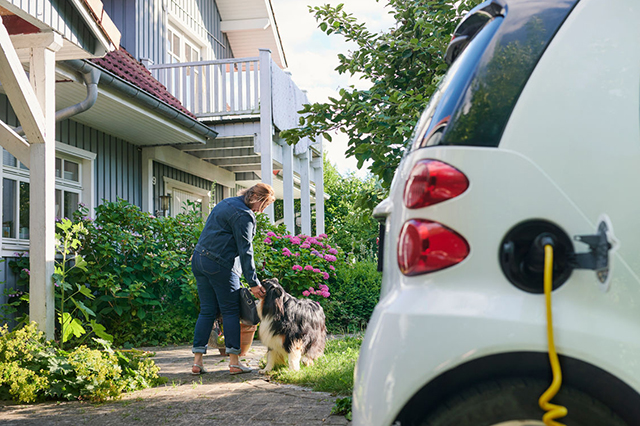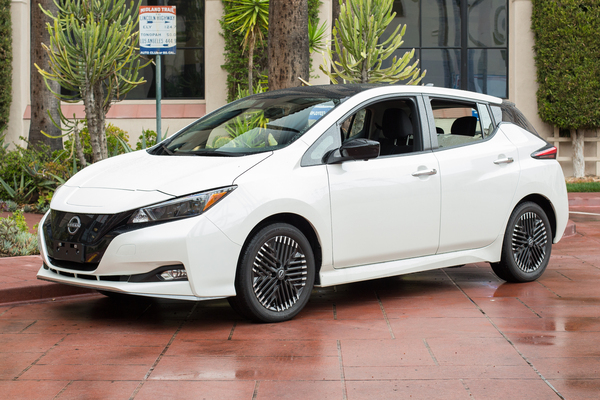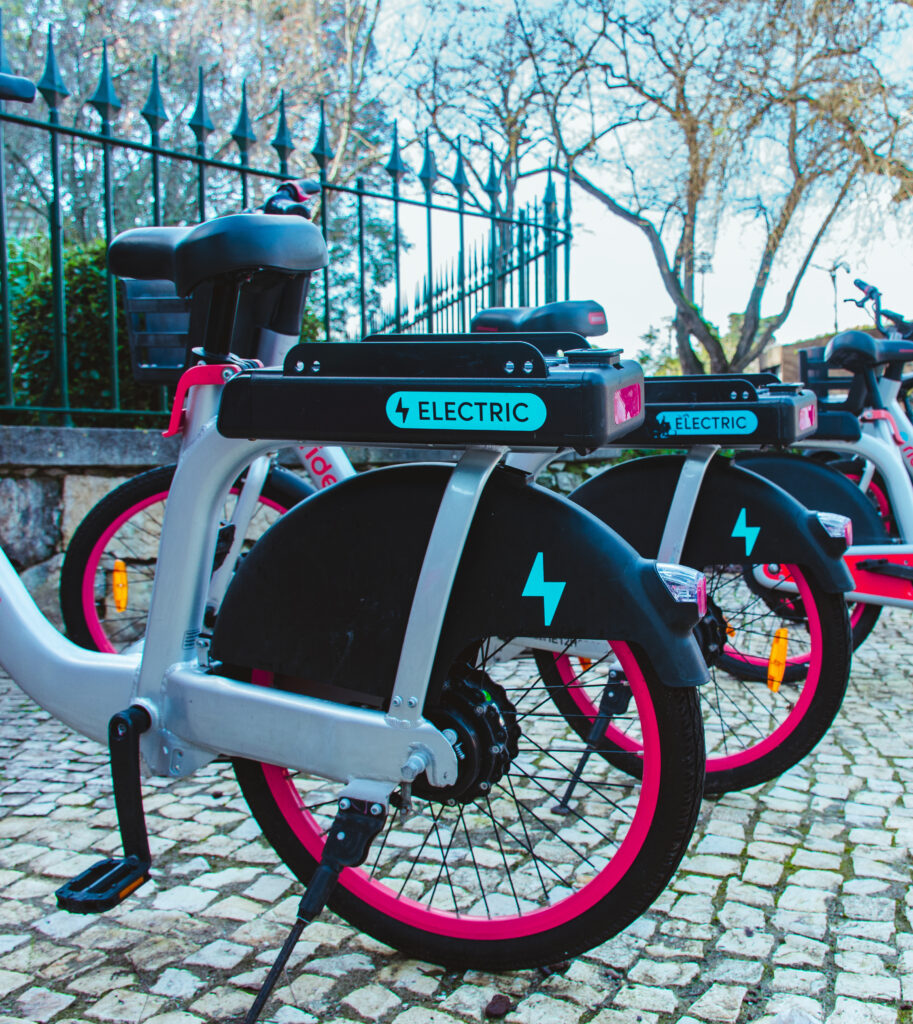
One of the major concerns potential electric vehicle customers have is what’s known as range anxiety, the fear an EV will run out of power before reaching a charger. Drivers who fall into this camp (and even some who don’t) likely believe that taking an EV on a road trip is either impossible or so inconvenient and time-consuming they wouldn’t dare attempt it.
Neither are true. At worst, an EV road trip requires a bit more planning prior to departure. At best, it enables you to explore the country and reach your destination at a fraction of the price of traveling in a gas-powered car.
Here are some steps to consider when planning your next – or first – EV road trip.
This is the most critical step to take when planning your EV road trip. The network of publicly available EV chargers is growing, but they are still not as ubiquitous as gas stations. Most commercial EV chargers are located in highly populated areas and along well-traveled routes. If you’re sticking to major highways, it shouldn’t be a problem finding a charging station. If you’re traveling through rural areas or taking scenic routes, however, you’ll want to know where these chargers are ahead of time to ensure you don’t run out of battery power before getting to your destination.
You should also schedule out how much time you’ll need to recharge. It may take an hour or two to charge your EV. If that’s the case, consider a charging station near a restaurant, shopping center or attraction where you can spend some time.
Not all EVs are created equal when it comes to driving range. Almost all new EV models boast ranges over 200 miles, but some can travel more than 500 miles on a single charge. If your car falls toward the lower end of the spectrum, you may want to keep it in the driveway and rent a different one. Hertz recently began renting out Tesla vehicles, which have some of the longest ranges of any commercially available EVs. Even better, AAA members can save on rentals.
Charging an EV overnight is the most convenient way to get the vehicle’s battery back to 100%, and it’s something that can be done even when you’re away from home. A growing number of hotels are equipping their parking lots with EV chargers. This amenity often comes at no extra charge for guests. Just plug in, rest up and be ready to go in the morning.
You will come across two different types of chargers during your EV road trip and it’s important to know the difference between them. Level 2 chargers can provide 10 to 60 miles of range per hour. Level 3 charging, or DC fast charging, is more efficient. It adds about 60 to 100 miles of range in as little as 20 minutes. If you have a few hours to spare, level 2 should be just fine. If you need to get back on the road quickly, opt for a fast-charging station.
Every EV comes with an estimated travel range. Exactly how much distance you’ll actually be able to cover on a full charge depends heavily on how efficiently you use the car’s battery. Minimizing battery use will help tack on additional miles. Be conscientious of how you’re using the car’s heating and air conditioning systems, both of which drain energy from the battery.
Also remember that gradual acceleration and deceleration are more energy efficient than sudden speed shifts. Go easy on the accelerator while speeding up and take advantage of the car’s regenerative braking when slowing down. It will also help if you stick to highways on your EV road trip rather than local roads.
AAA’s Recommendation: Whether you own an electric vehicle or a gas-powered car is up to you – and you should consider lots of factors in making that choice. No matter what type of vehicle you’re choosing, we recommend visiting a dealership, test driving one, and asking as many questions as possible to make an informed decision.










